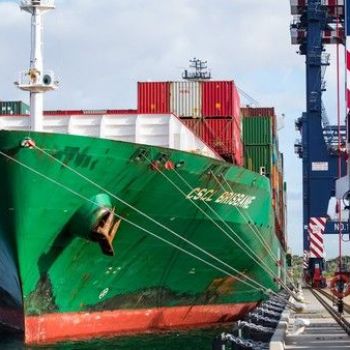

10 years ago
1
TPP trade deal: seven things you need to know
The US, Japan and 10 other Pacific Rim economies, representing some 40 per cent of the global economy, were nearing an agreement on Monday on what would be the biggest trade deal signed anywhere in two decades. Here are seven things worth knowing
Continue Reading
Additional Contributions:






















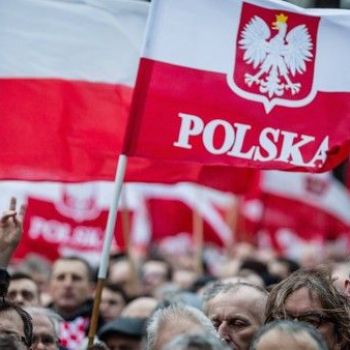
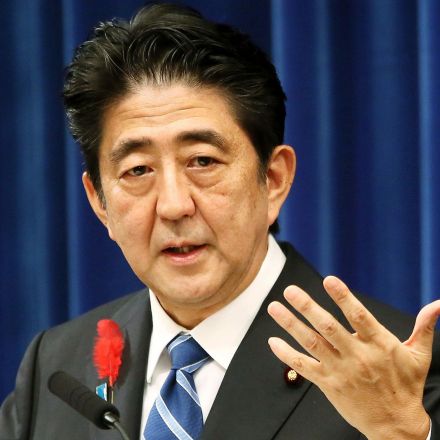
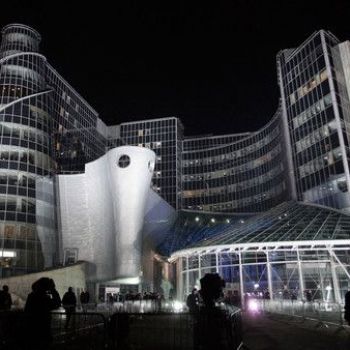
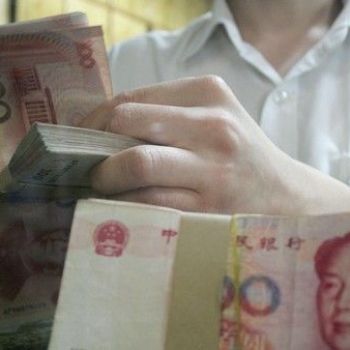
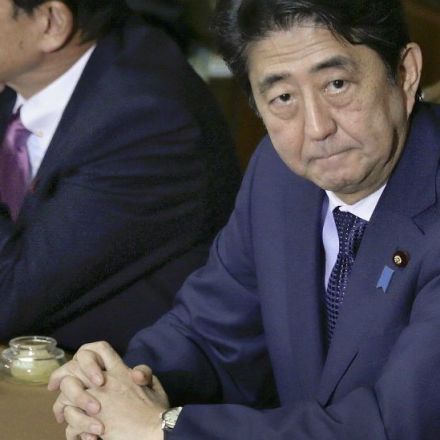
Join the Discussion
Forgot FT is paywalled, here is the article:
1. The TPP is as much about geopolitics as it is about trade. Often called the “economic backbone” of US President Barack Obama’s “pivot” to Asia, the goal for the US and Japan is to get ahead of China, which is not included in the TPP, and to create an economic zone in the Pacific Rim that might balance Beijing’s economic heft in the region. It is also about writing the rules of the 21st-century global economy for everything from cross-border data flows to how state-owned enterprises are allowed to compete internationally. “We can promote growth through trade that meets a higher standard,” Mr Obama told the UN General Assembly last week. “And that’s what we’re doing through the Trans-Pacific Partnership — a trade agreement that encompasses nearly 40 per cent of the global economy; an agreement that will open markets while protecting the rights of workers and protecting the environment that enables development to be sustained.”
2. China is not in it. But it may be some day. While the TPP has in the past been discussed as a US-led move to contain China, the view in Washington has softened in recent years. China has said it is watching the development of the TPP carefully and is engaged in its own rival trade negotiations. Many in the US business community feel the real promise of the TPP lies in opening it up to other countries to join, particularly China. The current members are Australia, Brunei, Canada, Chile, Japan, Malaysia, Mexico, New Zealand, Peru, Singapore, the US and Vietnam. But already lined up to potentially accede are Asian economies such as South Korea, Taiwan and the Philippines, and Latin American ones like Colombia.
3. Embedded in the TPP is a free-trade deal between two of the world’s three largest economies. Japan and the US have never before sealed a bilateral trade agreement. But when Japan joined the TPP negotiations in 2013 it prompted separate talks over everything from the trade in cars to that in beef, rice and pork. The result would be a de-facto trade agreement between two of the world’s three largest single-country economies that would likely, over time, see barriers to trade fall between the two countries. It would also be likely to further integrate Japan’s economy and supply chains with those in North America. One of the final bones of contention has been over the local-content rules for automobiles and car parts. It pits parts makers in Canada and Mexico, which thrived under the now 20-year-old North American Free Trade Agreement, against Japanese carmakers, which despite a significant presence in North America still have supply chains that stretch into non-TPP countries such as China and Thailand.
4. This would be a pivotal deal for Shinzo Abe, Japan’s prime minister. To try and secure the TPP Mr Abe has been forced to take on some powerful political players in Japanese politics, including the agriculture lobby. But he has argued again and again that it would help Japan undertake much-needed structural reforms that would boost the economy’s growth potential. That is certainly something he needs. Japan’s gross domestic product contracted at an annualised rate of 1.2 per cent in the second quarter of this year and data suggest the third quarter will not be much better, slipping Japan into a technical recession.
5. The TPP is controversial in many of its member countries. In the Canadian election campaign now under ...
Read Full